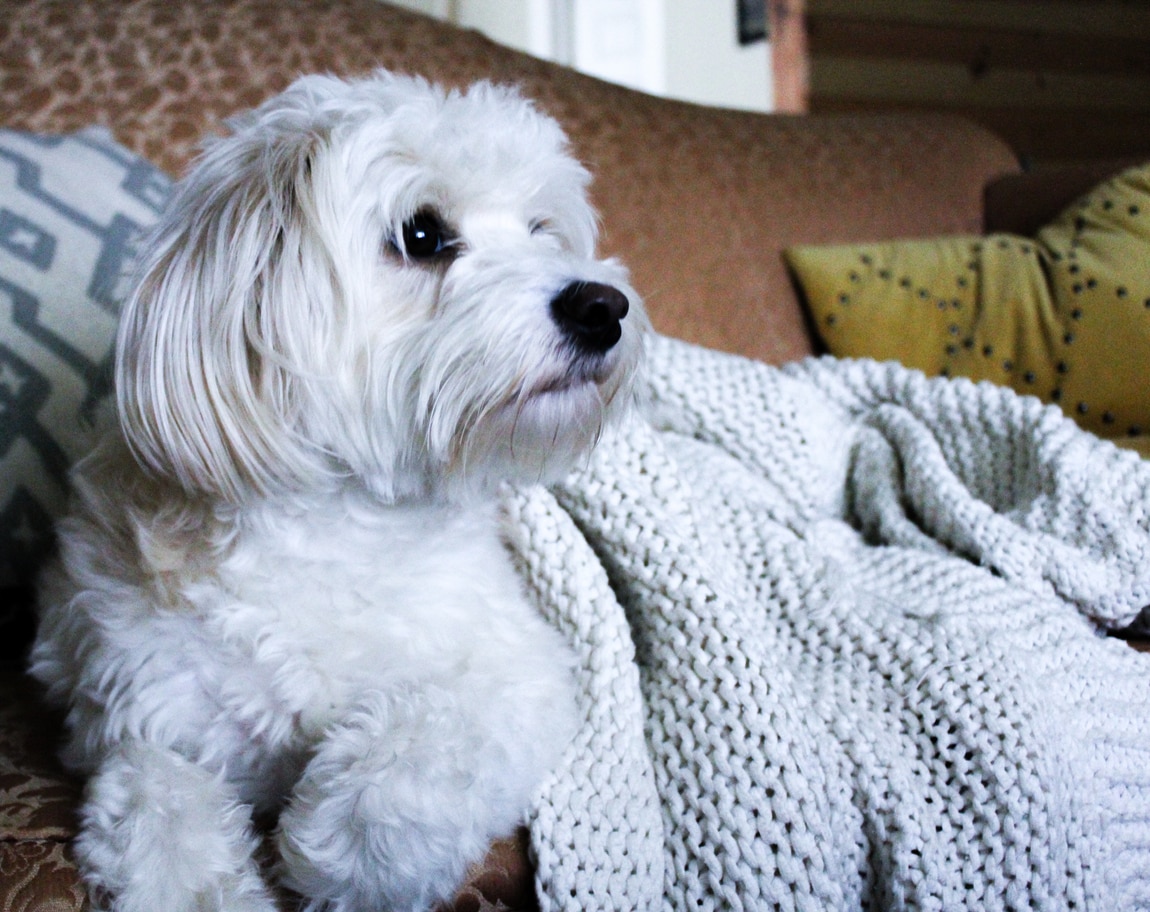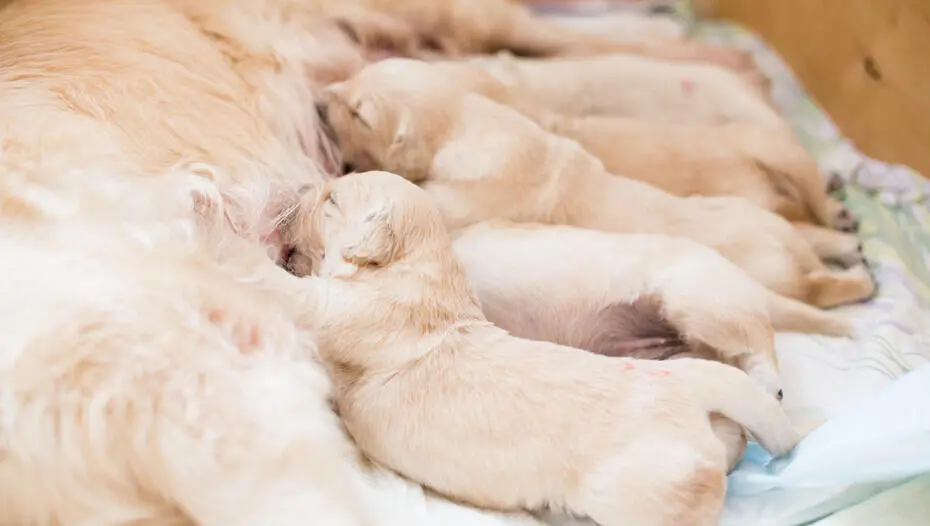
It’s adorable to see your dog dig into blankets during a snowy winter day. However, there are instances when dogs create nests that can be indicators that they are pregnant and false pregnancies. While it’s common for dogs to snuggle in blankets or scratch dirt to lay down in the closet, digging into it or engaging in other severe nesting behaviors could be a sign of a negative pregnancy.
Why Do Dogs Create Nests?
A variety of serious illnesses could increase the likelihood of your dog having an untrue pregnancy which is the primary reason for dog nesting. If your dog’s spayed or neutered and isn’t spayed, she could be expecting.
Sometimes you’ll see your dog making the perfect nest because it’s the most comfortable method of sleeping. What dog isn’t for wanting to pull her bed out into the sun or snuggle in the blankets? More serious nesting behaviors, such as shredding blankets, digging in tiny spaces, or grooming too much is typically an indication of pregnancy, either real or imagined.
Nests are Comfortable

This is probably the best reason your dog can create nests. If you’re watching a cold greyhound snub into blankets, or a hot dog scratching at some cool dirt, the act of making nests is commonplace for dogs. Certain breeds are habitual nesters by arranging bedding and blankets according to their preferences all day long. Some dogs may be more selective in their nest-making in the event of extreme discomfort.
If the dog you have is male it’s the most likely reason he’s making an egg. Females that have been spayed and do not have ovaries anymore are also less likely to have an untrue pregnancy. In the majority of dogs nesting isn’t an enormous issue. It’s just an indication of a dog who is smart and finding a comfy spot!
Nest-making behavior that seems to be a habit, stress-related or painful is cause for concern. Bring it to the attention of your veterinarian.
Your Dog Is Pregnant
In the event that your pet is a healthy female, there’s a possibility that her nesting habits are connected to the pregnancy. The mothers who expect to have babies naturally desire to create a safe space for their babies. Even if you don’t know that your dog was in heat, or if you don’t think she came across males that were healthy during her time in the heat, there’s a great possibility that the female dog’s behavior of nesting is due to the pregnancy.
Take your dog to a veterinarian as quickly as you can to determine whether she’s expecting or not. Your veterinarian can also make sure both the mom and newly born puppies receive all the medical attention they require. Even if your dog appears well-behaved working in close collaboration together with your veterinarian is crucial for keeping both the puppy and mother well-nourished!
Females that are still in good shape (and certain females who have been spayed) may also have an untrue pregnancy. Find out more about this phenomenon.
Your dog thinks she’s pregnant

False pregnancies, referred to by experts and vets as pseudopregnancy, is when the female dog’s body is convinced that she is pregnant. Your dog may display physical and behavioral signs of pregnancy, such as an increase in weight, nest-making larger mammary glands and appetite reduction, nausea, accumulation of objects, and aggression.
A study that was conducted recently on pseudopregnancy has revealed that the majority of dogs that have experienced pseudopregnancy remain healthy however it’s still possible for spayed dogs. False pregnancy usually occurs between four and nine weeks after the female’s most recent heating cycle particularly in the event that she encountered any male dogs during her heat cycle, but did not become pregnant. Behavior changes, like the habit of nesting and collecting objects, are more frequent than physical ones. Around half the dogs studied were treated with medications to stop the fake pregnancy.
False pregnancies aren’t studied or understood, however health conditions may cause abnormal heat cycles (and thus the false pregnancy) more frequently. It’s not a good idea to suggest that nest-making is a sign of these illnesses due to the inconsistencies between them however it’s always a good idea to discuss the issue with your veterinarian. The two conditions of hypothyroidism or liver issues could be related to miscarriages (and hence nesting behaviors).
The Signs that Dogs Making Nests
Every dog has their own unique conception of the behavior of nest-making in dogs. For some that are dog owners, dragging their blanket out into the sun can be considered to have made a nest. Some dogs must burrow, slash bedding and groom themselves in order to truly be nesting.
Nesting behaviors can include:
- Moving beds or blankets to a new location
- Burrowing or digging into tiny spaces
- Scratching soil, dirt or even bedding, you can make an opening
- Shredding blankets that can be thrown into the desired location
Dogs who are expecting or experiencing false pregnancies may have a collection of toy animals or toys, and over-groom or begin to protect their house from intrusions.
How to get rid of your dog’s Nest-Making Habit

In the event that your pet is a frequent nest-maker, or just loves to lie down then there’s no reason to be concerned. Find a blanket that is suitable for your dog that doesn’t have to worry about being shredded or being carried around. If you’re noticing changes in the way your dog makes nests It’s time to go to the vet. Visits to the vet are essential regardless of whether your dog has an actual or fake pregnancy because both necessitate medical treatment.
It could help your veterinarian to determine the diagnosis if they observe your dog’s changes in behavior. Keep track of your dog’s body movements and eating habits, as well as other relevant medical details so that you are prepared to answer the vet’s questions in full at the time you visit.